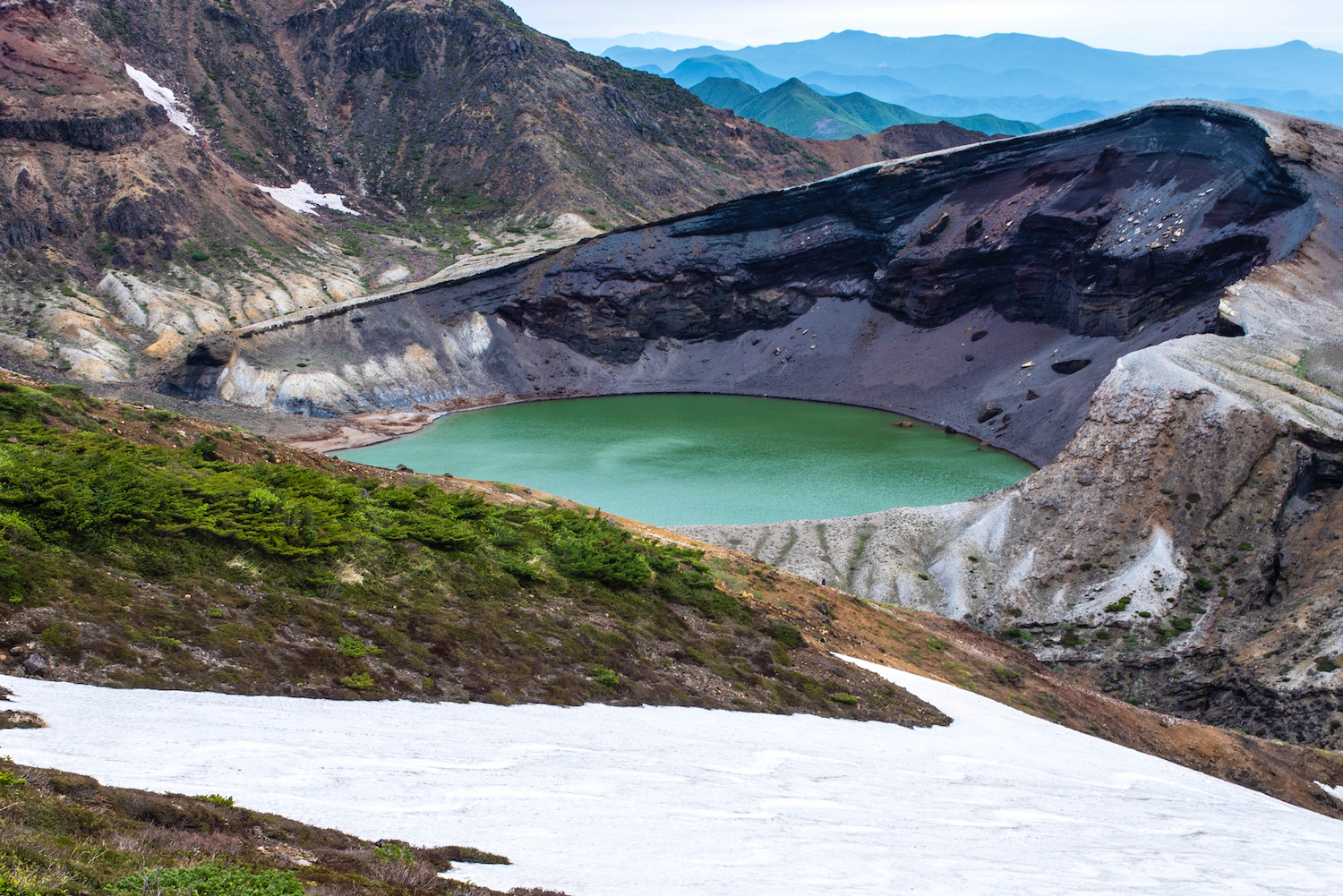Zao Onsen—or Mt. Zao, if we’re talking about geography—isn’t typically on the bucket lists of foreign travelers. In fact, most would struggle to place it on a map, or even to realize that it’s in the Tohoku region.
Even many of my private clients (who tell me they want to go off the beaten path on their trips) are surprised when I include it in their itineraries. “Why on earth would I want to travel all that way?” They ask me, usually without reading what I’ve planned for them.
So, is Zao Onsen worth visiting? Well, I think you know what my answer to this question will be. But I hope you’ll continue reading for the explanation, anyway.
How I Came to Know About Mt. Zao
Images inspire me, so when I saw a picture in ANA’s in-flight magazine of trees so covered in snow they bent under the weight of it, I had to know where it was. Thankfully, my Japanese friend Eriko immediately knew where the place was—and then some. “Those are the juh-yo,” she explained, “snow monsters. They’re a few places in Japan, but most famously in Zao Onsen, in Yamagata prefecture.”
Still, in spite of knowing exactly where I needed to head, it felt like the sort of online pokies spin you see here, a total game of chance. Even after arriving at Zao Onsen town, and queuing for the ropeway to take me to the mountaintop where the “monsters” live, I was nervous that I might not see them. I did, but that’s not the best part. The best part is that even without them, Zao is a superlative destination!
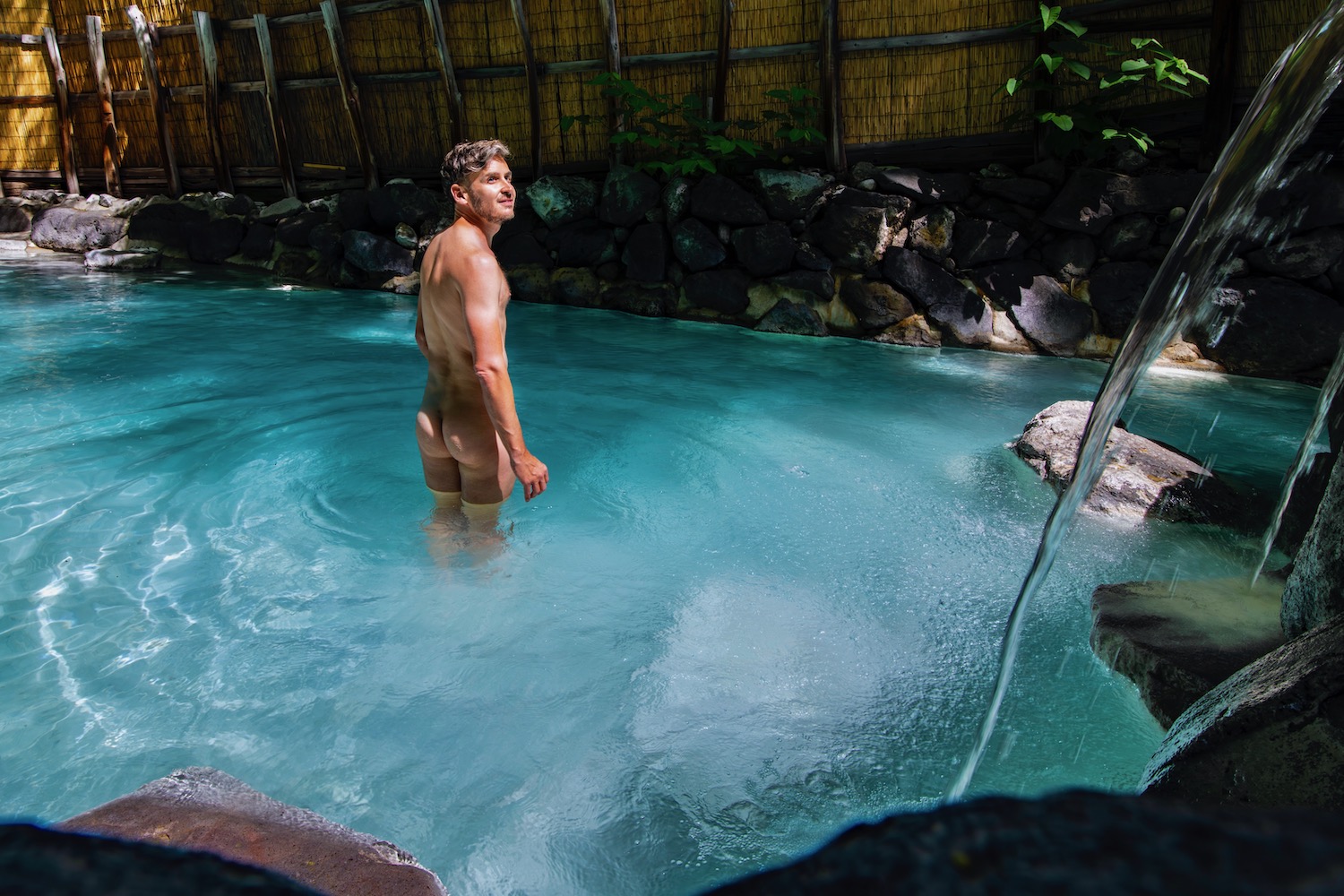
5 Things to Know About Visiting Zao Onsen
There’s a trick to seeing “snow monsters”
In order to see the juh-yo, you not only need snow, but a huge quantity of it. As a result, it’s best to wait until at least February, when months of snow will have been dumped on the top of Mt. Zao. Moreover, February is more likely to have the blue skies that are really ideal for seeing the shape of the “monsters” contrasted against them.
Not all public baths are open in the winter
Is Mt. Zao worth visiting in winter, if not for the snow monsters? Well, one argument against this is the famous Zao Onsen Dairotenburo (or big outdoor bath) is not open during the winter. On the other hand, most of the town’s indoor sento are open, so you obviously won’t have to freeze without a bath during the middle of winter.
Okama Crater isn’t either
Okama Crater is located just outside of Zao Onsen town, and is one of the most beautiful places in the area, with an emerald lake inside the massive hole. However, if you want to come here, you can only do so between April and October. During the colder months, roads are closed on account of snow.
You can see Zao Onsen on a day trip
No matter when you decide to visit Zao Onsen, the good news is that you can visit on a day trip—well, at least if you’re staying in Sendai, or in Yamagata City. Simply get yourself to Yamagata Station, and get a bus up to Zao Onsen. In the summertime, you can alternatively rent a car in Yamagata and drive to the top.
The rest of Yamagata prefecture is worth seeing
Yamagata is one of the most underrated parts of Japan, from the historical port of Sakata, to enchanting Mt. Haguro, to the Yamadera “mountain temple.” If you come during summer, you’ll also want to visit sleepy Sagae, which is one of the only places in Japan where actual cherries grow (most sakura trees don’t produce fruit).
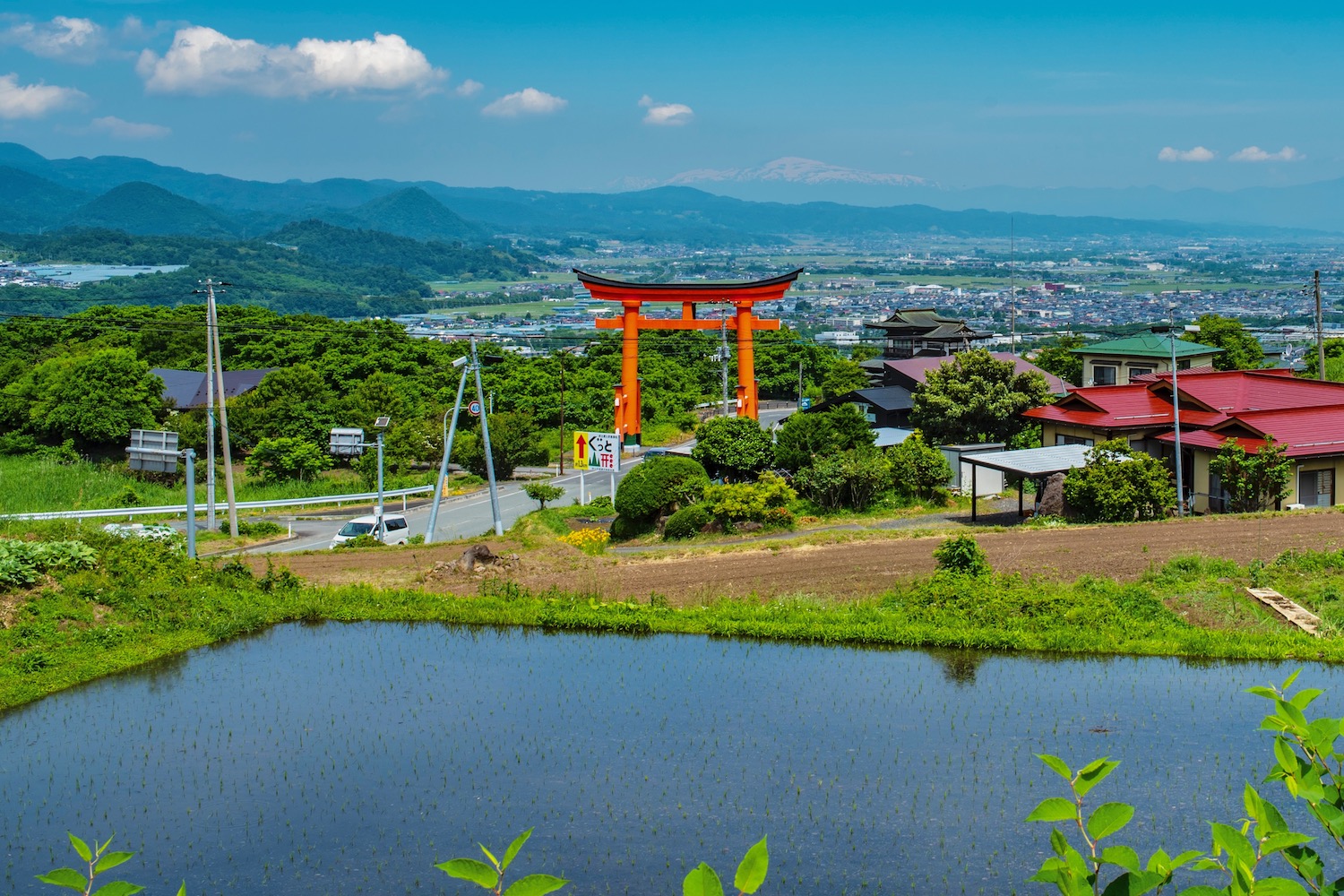
How to Get to Mt. Zao—and How Long to Stay
Reaching Zao Onsen is pretty straightforward—you first need to get to Yamagata Station. This is accessible from Tokyo via the Shinkansen Tsubasa bullet train, or from Sendai via the JR Senzan Line. Once at Yamagata Station, regular highway buses can take you to Zao Onsen. Just visit the ticket office to buy a seat on the next departure. In summer, you can rent a car near Yamagata Station and drive.
As far as how many days in Zao Onsen to spend? I recommend at least 2-3, with more in the winter time. This is because even if the juh-yo are visible, you really want to have a bright blue sky in order to see them. Since this is never guaranteed, you want to give yourself a few days of wiggle room. Likewise, in summer time, there’s a lot of sightseeing to do, so you simply need more time for that.
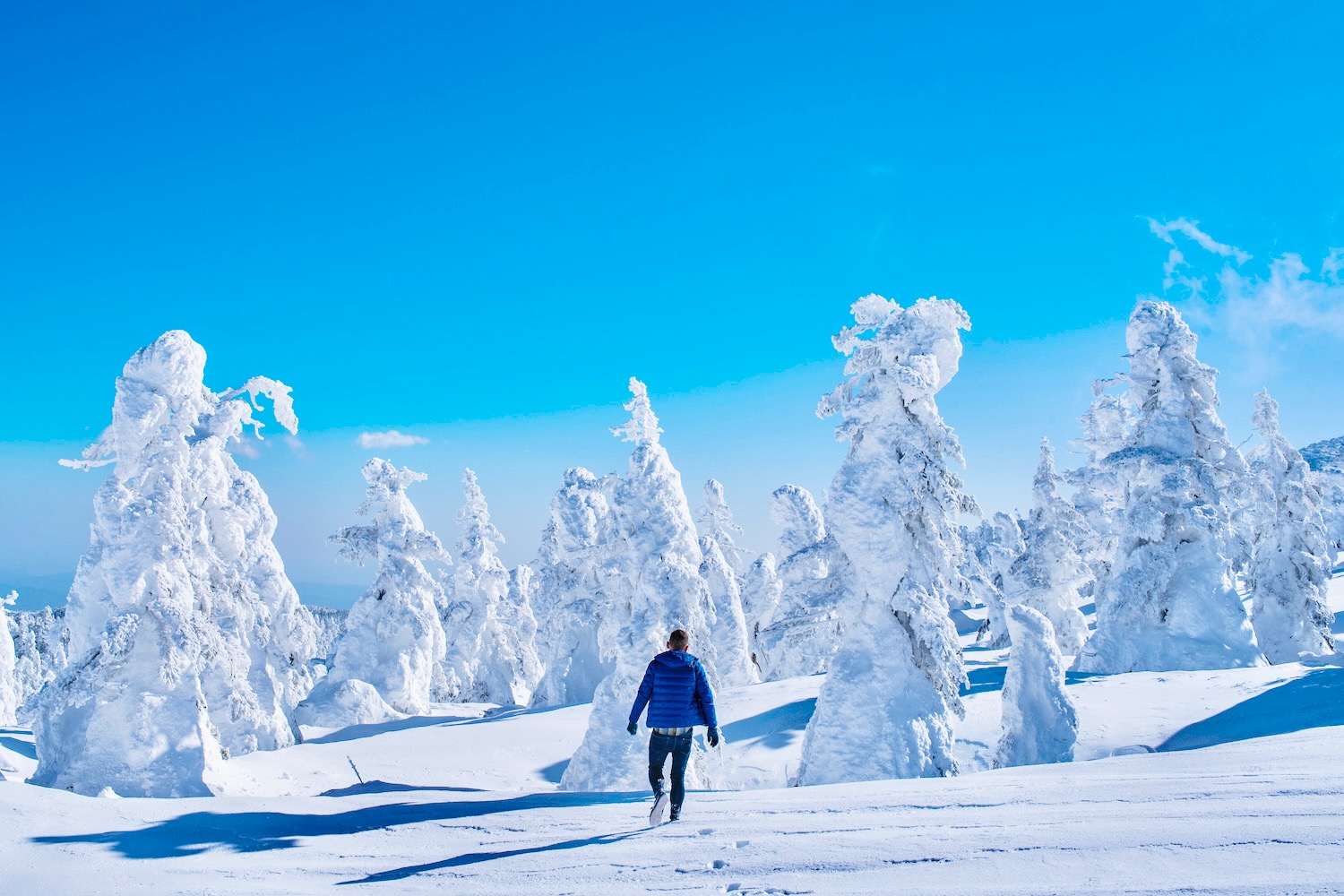
Other FAQ About Visiting Zao Onsen
How do you get to the Zao Onsen?
Reaching Zao Onsen is easy, but can take a while. First, get to Yamagata Station, whether by riding the Shinkansen Tsubasa from Tokyo, or the JR Senzan Line from Sendai. You can also fly from various airports in Western Japan to Yamagata Airport, and take a bus from there. Once at Yamagata Station, regular highway buses can take you the rest of the way to Zao Onsen.
When to visit Zao Onsen?
Zao Onsen is a 365-day destination, with juh-yo or “snow monsters” in the winter, and hiking at Okama Crater in the summer. Early June is an especially underrated time to visit. This is because (at least at ground level, below Mt. Zao), Yamagata’s famous, sweet cherries will be ready for harvest.
Is Zao Onsen tattoo friendly?
Like most of the rest of Japan, Zao Onsen is increasingly more tattoo friendly. However, I recommend contacting each onsen that you plan to visit in advance of your trip, and respecting any signage on the door that indicates restrictions for tattooed individuals.
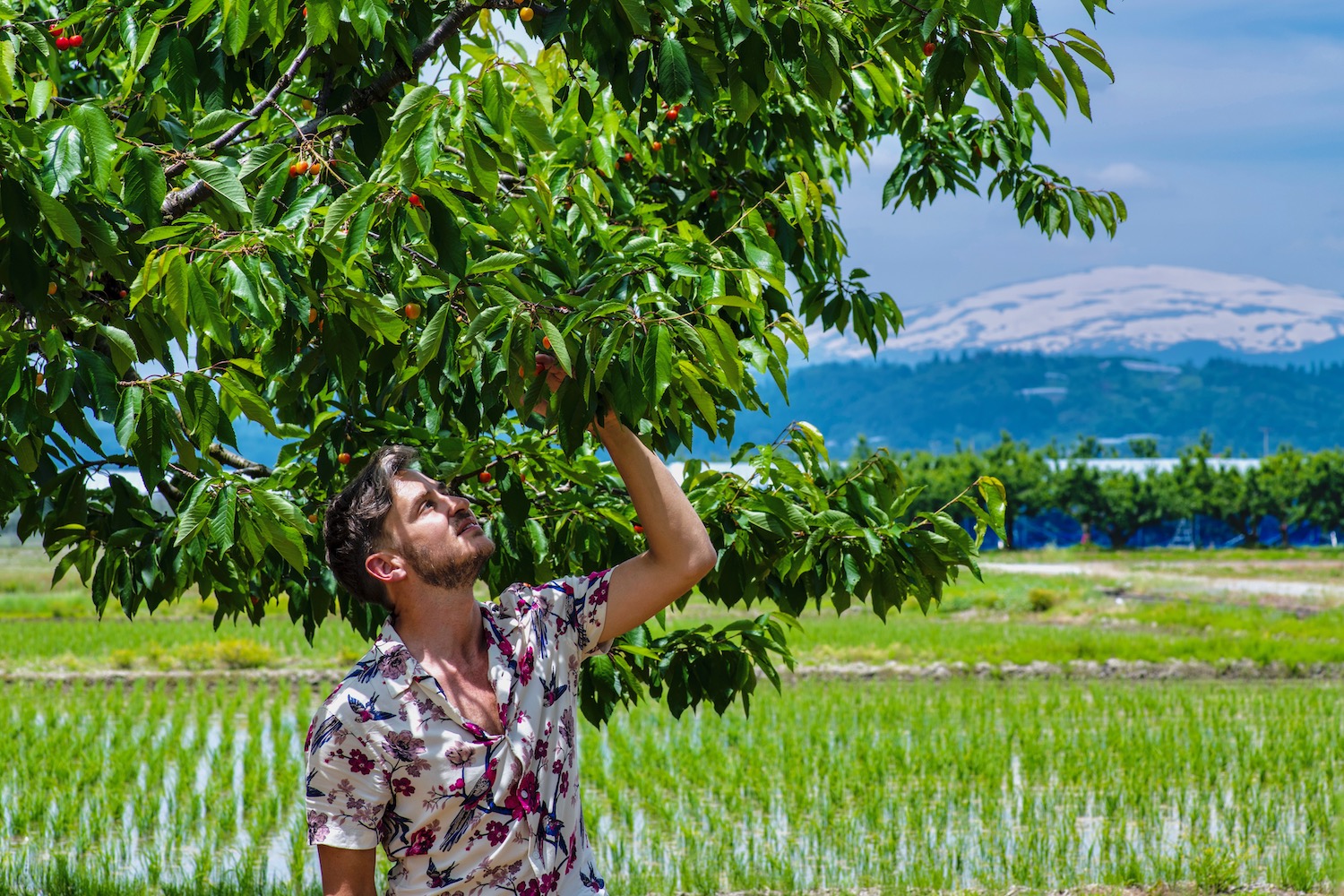
The Bottom Line
Is Zao Onsen worth visiting? Certainly—and not just if you want to see the “snow monsters.” Indeed, while the juh-yo are both visually and mythologically captivating, they are somewhat temperamental; coming during winter doesn’t guarantee that you will see them. But that’s the thing: Mt. Zao is not a winter-only destination, even if that’s when it’s the most famous. You can come in early summer, for example, to marvel at Okama Crater, or to taste Yamagata prefecture’s famous cherries. But then, I’m getting ahead of myself. If you really want the inside track about Japan off the beaten path, consider hiring me to plan your trip.



